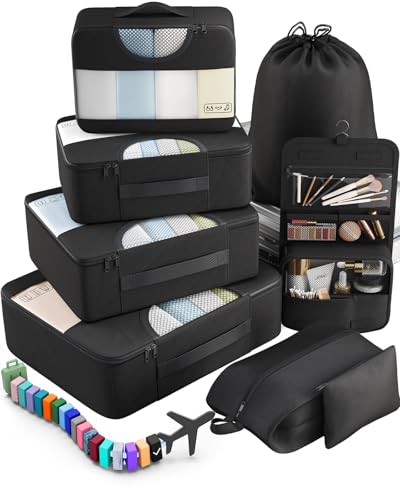In Norway, they use Type C and F power plugs and outlets. The voltage is 230V, and the frequency is 50Hz.
So, you’ll need a travel adapter in Norway. Their plugs and outlets are different from the Type A and B ones we use back in the States.
Quick Overview of the Plugs in Norway:
- Plug type in Norway: C and F
- Standard voltage: 230V
- Frequency: 50Hz
- Need a travel adapter? Yes, you do need a travel adapter
- Need a voltage converter? Some gadgets will probably need it
- Recommended plug adapter: One Beat International Power Adapter
We cross-check our information with official guidelines from local electrical authorities, international IEC standards, and reports from travelers worldwide.
The Only Travel Adapter You’ll Need in Norway
Finding a travel adapter that actually works for Norway can be tricky. We don’t sell them, but we’ve put in the hours to research voltage, outlet types, charging speed, and reliability. This one checks all the boxes:
Recommended Travel Plug Adapter
by 6,500+ travelers on Amazon
Traveling or already abroad and realized you don’t have a power adapter? That happens. You can often buy one after you arrive, but bringing one from home is still the smarter move.
Travelers going through Norway often explore nearby countries like Denmark, Sweden, and Finland. Confirm plug types in advance.
Power Outlets in Norway
In Norway, they use Type C and F power plugs and outlets.
Type C

Type C outlets have two round prongs and no grounding pin. Type E and F plugs usually fit too, but grounded plugs will need an adapter.
Type F

Type F outlets have two round prongs and grounding clips on the sides. Type C and E plugs will also fit.
Do You Need a Voltage Converter?
Before plugging in your electronics in Norway, check the voltage. It’s different from the 120V used in the U.S., so you’ll likely need a converter.
Before plugging in your electronics abroad, always double-check the voltage label. If it says “100-240V, 50/60 Hz”, your device will work on both 120V and 220-240V power sources without a converter. This is common for tablets, laptops, cameras, and rechargeable toothbrushes.

Which Travel Devices May Need a Converter?
Looking for a solid voltage converter? These highly rated options are a good place to start.
| Device | Need Converter? | Notes |
|---|---|---|
| Phone | ❌ No (usually) | Most modern phone chargers are dual voltage (100–240V) |
| Laptop | ❌ No (usually) | Check the power brick label for 100–240V |
| Hairdryer | ✅ Yes (often) | High wattage; many models are not dual voltage |
| Electric toothbrush | ⚠️ Check voltage | Some models are 110V only |
| Camera / DSLR | ❌ No (usually) | Most chargers are dual voltage |
| Power bank | ❌ No | Charges via USB, adapter is enough |
| Electric shaver / trimmer | ⚠️ Check voltage | Older or cheaper models may not support 230V |
| Tablet / iPad | ❌ No | All models are dual voltage |
| Portable fan | ✅ Yes (sometimes) | Many models are not compatible with 230V |
| Game console | ⚠️ Check voltage | Newer consoles like PS5 and Xbox are often dual voltage — check to be sure |
| Bluetooth speaker | ❌ No (usually) | Charges via USB |
| E-reader (Kindle, etc.) | ❌ No | USB charging only, no converter needed |
Top Travel Essentials to Pack
Some gear just makes life easier when you’re abroad. These items don’t weigh much, but they pull their weight when it comes to convenience.
Digital Luggage Scale
Packing Cubes
Power Bank
More About Norway
Norway might stretch as long as from Maine to Florida, but its population feels concentrated in charming pockets—cities by fjords, mountain towns, and coastal hamlets. It ranks top in quality of life, design, and sustainability, yet it feels accessible and down-to-earth.
The nature is jaw‑dropping: think glacier‑lined fjords, forested islands, giant waterfalls, northern lights, midnight suns. And it’s not just scenery—there’s excellent hiking, skiing, fishing, and wildlife experiences everywhere.
Cities and towns are modern and bikeable, transport is efficient (think trains, boats, and regional flights), and while it’s not exactly cheap, easy ways to save—like hiking instead of pricey tours—make it doable. Norway stretches your imagination and your comfort zone—in a great way.
Top places to visit in Norway: Oslo, Bergen, Tromsø, and Stavanger.




